Alexander A. Balandin, professor of electrical engineering professor and founding chair of materials science and engineering at the University of California - Riverside, was selected to receive the IEEE Pioneer of Nanotechnology Award for the year of 2011.
Apr 19th, 2011
Read more
 Self-assembled nanomaterials provide a promising approach to fabricating more efficient and less expensive solar energy systems.
Self-assembled nanomaterials provide a promising approach to fabricating more efficient and less expensive solar energy systems.
Apr 19th, 2011
Read more
Keithley Instruments, Inc., a world leader in advanced electrical test instruments and systems, has published an informative e-handbook titled "Ensuring the Accuracy of Nanoscale Electrical Measurements". A free copy is downloadable upon request from Keithley.
Apr 19th, 2011
Read more
Professor David Lewis, Director of Flinders University's Centre for NanoScale Science and Technology, has been chosen to take part in Austrade's Visiting Researcher Program to Europe in 2011.
Apr 19th, 2011
Read more
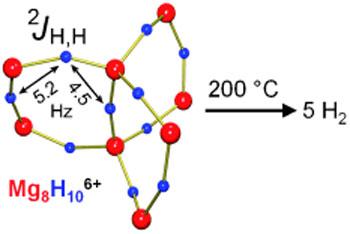 Researchers report that extremely small clusters of molecular magnesium hydride could be a useful model substance for more precise studies about the processes involved in hydrogen storage.
Researchers report that extremely small clusters of molecular magnesium hydride could be a useful model substance for more precise studies about the processes involved in hydrogen storage.
Apr 19th, 2011
Read more
Join a panel of experts on Wednesday, April 27, 2011 at 8:00 AM PDT to learn about the Next Generation of planarizing materials to solve your high-aspect-ratio challenges.
Apr 19th, 2011
Read more
Electrical fields play a pivotal role in numerous cases in both nature and technical areas: by changing the electrical field, impulses of nerves are transmitted and modern data storage operates by saving electrical charges the so-called Flash Memories. An ultra-precise reading of electrical fields, however, is still a challenge for physical measurement techniques. Researchers from the University of Stuttgart succeeded in measuring electrical fields with the aid of one single defect center in diamond.
Apr 19th, 2011
Read more
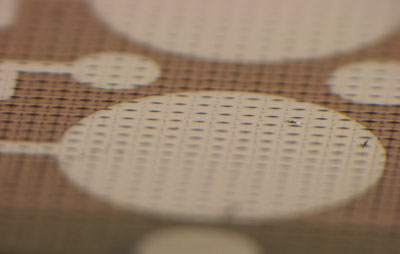 Conventional silicon-based rigid solar cells generally found on the market are not suitable for manufacturing moldable thin-film solar cells, in which a transparent, flexible and electrically conductive electrode collects the light and carries away the current. A woven polymer electrode developed by Empa has now produced first results which are very promising, indicating that the new material may be a substitute for indium tin oxide coatings.
Conventional silicon-based rigid solar cells generally found on the market are not suitable for manufacturing moldable thin-film solar cells, in which a transparent, flexible and electrically conductive electrode collects the light and carries away the current. A woven polymer electrode developed by Empa has now produced first results which are very promising, indicating that the new material may be a substitute for indium tin oxide coatings.
Apr 19th, 2011
Read more
New research suggests that currently available types of synthetic skin may now be good enough to imitate animal skin in laboratory tests, and may be on their way to truly simulating human skin in the future.
Apr 18th, 2011
Read more
 A team from Pitt, UW-Madison and HP Labs reports in Nature Nanotechnology a 1.5-nanometer single-electron transistor that could lead to long-lasting, ultradense computer memories, quantum computers and advanced electronics.
A team from Pitt, UW-Madison and HP Labs reports in Nature Nanotechnology a 1.5-nanometer single-electron transistor that could lead to long-lasting, ultradense computer memories, quantum computers and advanced electronics.
Apr 18th, 2011
Read more
ICE Publishing, the publishing division of the Institution of Civil Engineers, today announces the launch of a major new flagship journal series: ICE Science. By publishing at the intersection of many scientific disciplines this new series aims to inspire the cross-fertilization of ideas and drive forward knowledge in the areas of materials science, biomaterials, nanotechnology and energy.
Apr 18th, 2011
Read more
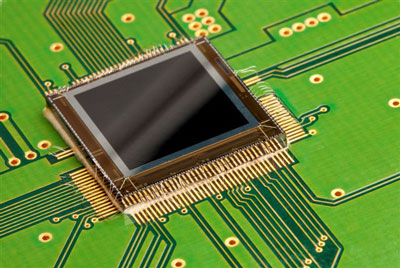 In February 2011, a new European project called Seebetter was launched with the goal to design and build a high-performance silicon retina using advanced photodetector and packaging technology. It is expected that these new vision sensors will revolutionize artificial vision and find wide applications in industry.
In February 2011, a new European project called Seebetter was launched with the goal to design and build a high-performance silicon retina using advanced photodetector and packaging technology. It is expected that these new vision sensors will revolutionize artificial vision and find wide applications in industry.
Apr 18th, 2011
Read more
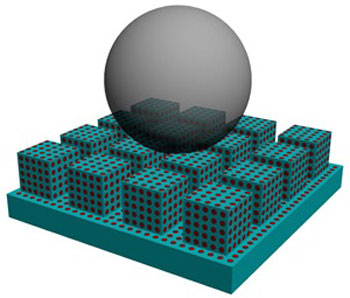 Inspired by natural surfaces, a self-healing scheme allows the exceptional water- and oil-repelling properties of a nanostructured alumina surface to be repaired after damage.
Inspired by natural surfaces, a self-healing scheme allows the exceptional water- and oil-repelling properties of a nanostructured alumina surface to be repaired after damage.
Apr 18th, 2011
Read more
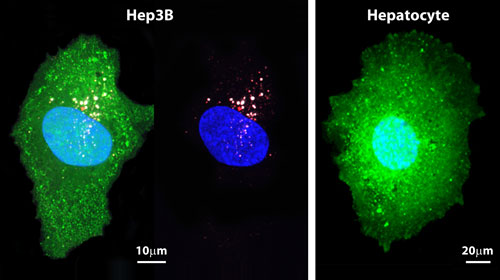 Melding nanotechnology and medical research, Sandia National Laboratories, the University of New Mexico, and the UNM Cancer Research and Treatment Center have produced an effective strategy that uses nanoparticles to blast cancerous cells with a melange of killer drugs.
Melding nanotechnology and medical research, Sandia National Laboratories, the University of New Mexico, and the UNM Cancer Research and Treatment Center have produced an effective strategy that uses nanoparticles to blast cancerous cells with a melange of killer drugs.
Apr 18th, 2011
Read more
Scientists are developing a cantilever array that can have an important impact on synthesis and analysis of nanostructures that can improve the quality control of mobile phone camera lenses.
Apr 18th, 2011
Read more
 To date, plasmonic properties have been limited to nanostructures that feature interfaces between noble metals and dielectrics. Now, researchers have shown that plasmonic properties can also be achieved in the semiconductor nanocrystals known as quantum dots. This discovery should make the field of plasmonics even hotter.
To date, plasmonic properties have been limited to nanostructures that feature interfaces between noble metals and dielectrics. Now, researchers have shown that plasmonic properties can also be achieved in the semiconductor nanocrystals known as quantum dots. This discovery should make the field of plasmonics even hotter.
Apr 18th, 2011
Read more









 Subscribe to our Nanotechnology News feed
Subscribe to our Nanotechnology News feed